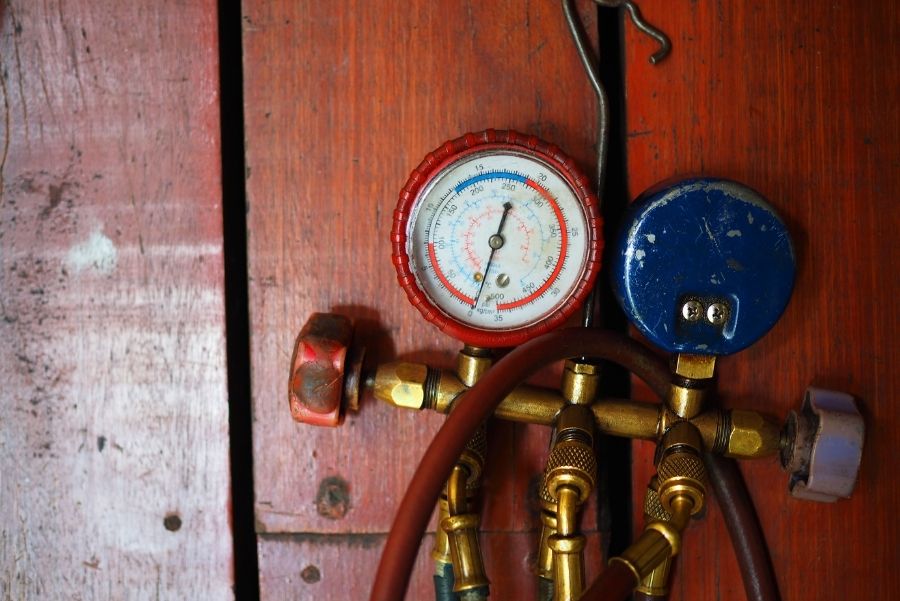The barometer is a device that measures atmospheric pressure. There are several types of barometer which are the mercury barometer, aneroid barometer, and the electronic barometer.
The mercury barometer was very popular in the past and was used in homes to predict the weather based on the atmospheric pressure reading. But due to the danger of mercury poisoning, people shifted to a safer aneroid barometer. An aneroid barometer has a dial and indicator needle that shows the atmospheric pressure.
Due to advancement in technology, digital barometers have also gained popularity. These devices are tiny, portable and atmospheric pressure readings are shown in an LCD screen. The modern digital barometers can display current barometric pressure and compare them from previous hours and display the bar chart readings.
Some models also record humidity and wind speed to make a more accurate weather forecast. Since digital barometers are very portable, meteorologists and other scientists use them to have an updated atmospheric pressure reading when they are out in the field.
History of Weather Forecasting
Predicting weather during the 17th century using a barometer was not a precise science. If people see a sudden drop in the mercury, they will indicate that a storm is coming.
It only improved when an English Vice-admiral Robert FitzRoy came up with a detailed forecasting chart in the mid-1800s after his comprehensive study and experiment with his barometers. FitzRoy became one of the first meteorologists to make an accurate daily prediction; he called them “weather forecast”.
FitzRoy was appointed as the chief of a department that collected weather data at sea that would later become the Meteorological Office in 1854. He created a system so sailors and anglers can get weather information for their safety,
A storm in 1859 caused the Royal Charter’s sinking and pushed FitzRoy to create a chart that will help weather prediction. He established fifteen land stations that used a telegraph to transmit to him daily weather reports. In 1861, the first weather forecast was published in The Times. Stormglasses which are also known as FitzRoy’s “storm barometers” were distributed.
FitzRoy had also introduced a new system of raising storm weather cones at main ports when bad weather was expected. The fleet was not allowed to leave when these cones were hoisted.
How can a barometer predict the weather?
Knowing the atmospheric pressure is essential because it is an indicator of weather. Changes in atmospheric pressure indicate changes in the weather condition. Solar installation companies in Solar Panels Newcastle use the barometer to check weather changes and advice which areas can benefit from a solar installation.
A barometer measures the atmospheric pressure in bars or atmospheres. One-atmosphere is equivalent to the average air pressure at sea level at 15 degrees Celsius.
When the atmospheric pressure decreases rapidly, it indicates a low-pressure system is coming in so expects storm and rain. As the atmospheric pressure increases, it shows improving weather in your area. A steady air pressure, for an extended period, indicates fair weather.
A low-pressure area is an area where there is low atmospheric pressure at sea-level. When fully developed, a low-pressure is turns into a strong storm. The low-pressure area can also form due to a thunderstorm that developed in warm waters. So meteorologist needs to monitor low-pressure areas to give people enough time to prepare for a strong storm.
